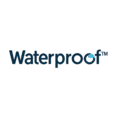WaterProof™
Your all-in-one platform for managing and communicating water risks
across food supply chains
The food, beverage, and agriculture (FBA) sector accounts for 75%–80% of global water use, making water not just a shared resource but a strategic asset.
TOVA redefines water-risk management by moving from siloed practices to a unified, ecosystem-level risk disclosure
– aligning suppliers, regulators and communities across the food supply chain.
WaterProof™, TOVA’s AI-powered water-risk analysis and disclosure platform, delivers a real-time, bespoke, supply chain-wide water management solution by integrating remote sensing, geospatial analysis, and intelligent climate models.
It enables site-specific precision analytics on water availability, quality, wastewater treatment or watershed dynamics.
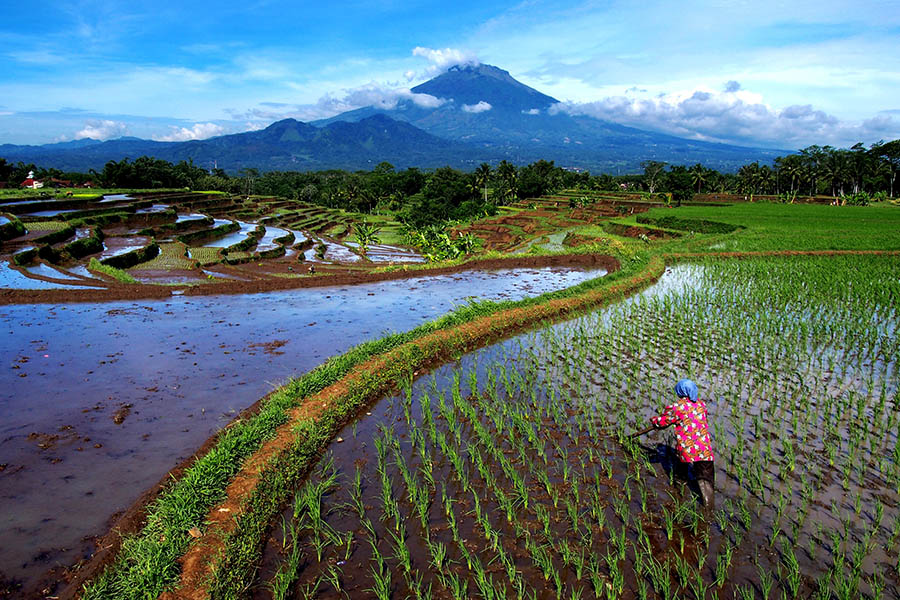
 Accuracy and Speed
Accuracy and Speed
 Trust and Collaboration
Trust and Collaboration
WaterProof™’s transparent, centralized and real-time water data disclosure platform enhances fast and agile response to water disruptions like droughts or shortages, by delivering actionable insights, while preserving human oversight, fostering trust and facilitating coordination across producers, suppliers, investors and communities across the food value chain.
 Social and Environmental Responsibility
Social and Environmental Responsibility
As Seen In





Benefits of using WaterProof™ in Food Supply Chains
Precision Hydraulics for Water-efficient Food Production
Real-time analytics on water flow and availability enables resource optimization across the food supply chain, enabling precise forecasting of agricultural water needs and ensuring consistent, efficient supply from farm to factory. Read more
Water Smart Food Manufacturing and Packaging
Data-driven insights help identify water-saving measures, such as switching to lightweight, less water-intensive packaging, optimizing water use in cleaning processes, or enhancing irrigation and plumbing with smart controls or automatic shut offs to prevent overflows and leaks. Read more
Water Quality Forecasting and Food Safety
Deep analytics optimize water use in sanitation and cleaning, ensuring contaminant removal, regulatory compliance, and improved hygiene across food plants, equipment, fertilizer use and produce. Read more
Intelligent Wastewater Treatment and Reduced Food Contamination
Smart analytics on wastewater collection, treatment and discharge enables safer and more efficient decontamination systems across the food supply chain - helping prevent contamination from chemical spill offs or leaks, reducing pollution and protecting critical water sources. Read more
Recycling Cooling Water and Smart Refrigeration
Precision water analytics across the food supply chain - from production to distribution - enables closed-loop recycling of chilled process water for non-potable uses like cooling, cleaning, and equipment washdown. Real-time thermal efficiency monitoring across the food supply chain may also enable smart refrigeration and a continuous chill chain, minimizing freshwater waste while maintaining product freshness and safety throughout the food supply lifecycle. Read more
Regulatory Compliance with Food Standards Agency (FSA)
Deep water-related analytics enable robust monitoring and support transparent disclosure, ensuring organisations stay up-to-date with regulatory changes and compliant with food and water quality standards, to avoid penalties and preserve brand reputation. Read more
Dynamic, Multifactor Water-Risk Matrix across all Food Operation Verticals
Precision analytics across food operation verticals offer a clear snapshot of the nature, likelihood, velocity and severity of water risks both within the business and beyond operations, from catchment-level conditions to water usage in agriculture, plant efficiency, cleaning processes, food packaging, contamination levels or vulnerability to climate events; Suppliers can identify high-priority sites facing acute water stress and economic, environmental or reputational risks, supporting more accurate response to water-related impacts on the bottom line. Read more
Tailored Water Risk Outlook for Food Production
Smart, location-aware analytics tailored to your scale, operations, and regulatory context empower food organizations to craft targeted mitigation strategies, benchmark water risks against peers, and uncover innovation opportunities aligned with industry and sustainability goals. Read more
Integrating Climate Resilience in the Food Value Chain
Tracking water risks and monitoring mitigation strategies are crucial for building resilience in the food industry, which is highly dependent on water and vulnerable to extreme weather, political instability, and conflicts due to complex, cross-border production, labor, and resource networks. Read more
Supporting Agile Food Supply Chains
Sharing and access to real-time, precision water-risk data in the food industry enables agile, data-driven responses to water disruptions - such as droughts or supply shortages - by delivering actionable insights and facilitating rapid coordination across producers, suppliers, and communities. Read more
Enhancing Collaboration and Water Disclosure
A centralized, real-time water-risk platform enables coordinated action, accountability, and compliance across the food value chain - supporting food safety, disclosure mandates, and shared sustainability goals. Read more
Meeting Food Demand Sustainably and Responsibly
Transparent access to water-risk metrics beyond business boundaries - covering scarcity, food insecurity, disease, sanitation, and labor - enables food organizations to address human vulnerability, not just infrastructure risk. This precision data drives socially impactful water projects, deepens community engagement, and safeguards biodiversity across the supply chain. Read more
Tracking Virtual Water Footprint in Food Imports
Food organizations importing water-intensive goods also carry a virtual water footprint—embedded in sourcing, energy, and end-use. Transparent reporting and cross-supply-chain disclosure are critical to identifying and reducing this hidden impact. Read more
Unlocking Hidden Efficiencies to Drive Innovation
Water use tracking unlocks innovation across the food value chain, from transitioning to lower-impact crops to deploying automated CIP systems that cut water and chemical use while ensuring hygiene and process efficiency. Read more
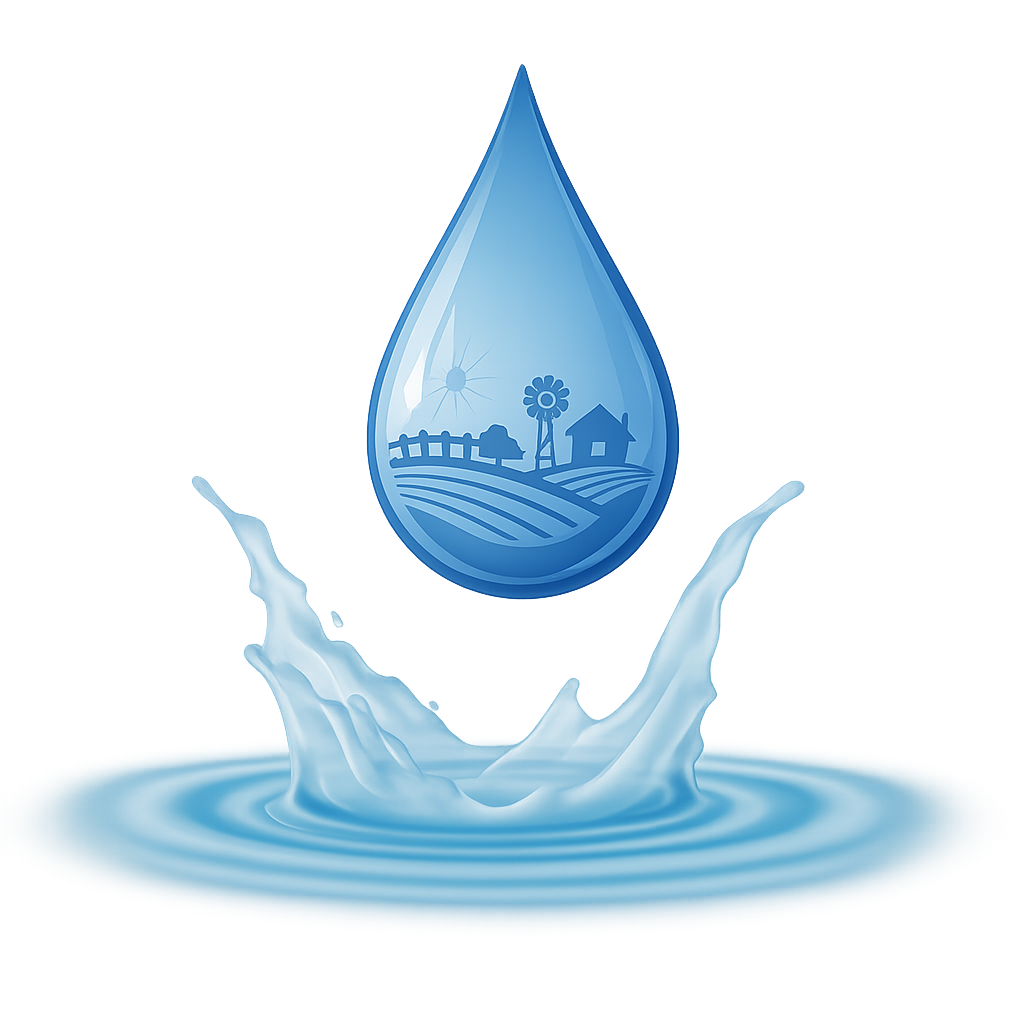
Why Water Risk Management In The Food Industry Matters
According to the latest survey conducted by the Carbon Disclosure Project, less than half (48%) of FBA companies in the UK carry water risk assessments.
Less than one third (29%) report on risks within their supply chain, despite production processes accounting for 75% of water usage. Over half of (52%) currently operate in water-stressed areas, of which 25% estimate more than 50% of their facilities might be at risk.
Due to multifaceted challenges – such as cost, operational complexity, legacy systems or disruption risk, the FBA sector lacks the advanced tools to effectively identify and mitigate water-related risks.
With a combined global market value estimated at $22.3 trillion by 2024, poor understanding of water risk exposure could set the industry up for annual losses up to $370 billion, due to operational inefficiencies, food safety breaches, chemical spill offs and untreated wastewater alone.
Due to increasing public health regulations and environmental disclosure requirements, industry players could further incur penalties up to $459 billion, as well as to damage to brand reputation, leading to loss of profitability and reduced trust amongst investors and consumers alike.
In addition, global population growth is set to surpass 9 billion by 2050, driving a 53% increase in water extraction by 2030. Water scarcity and extreme weather and are projected to affect 67% of the global population by 2050.
Social and climate pressures on freshwater availability will disrupt food supply chains, increase operational costs, with global economic damages from water scarcity and natural disasters totaling $832 billion for food manufacturers in the last two decades alone.
At current pace, unquantified and unmanaged water risks are projected to drive a 53% shortfall in global water supply by 2050, threatening food operations, increasing costs, and diverting resources from expansion and innovation, while also exacerbating food insecurity, biodiversity loss, and political instability.
But where there are acute risks, there is an opportunity to innovate.
Our WaterProof™ risk and disclosure platform leverages deep learning to analyze complex data, build forecasting models, and enhance systems for quality inspection, contamination detection, demand forecasting, and production optimization.
It empowers the food, beverage and agriculture industries to uncover and capitalize on high-impact water-related opportunities, boosting competitiveness while driving positive social and environmental outcomes.
WaterProof™ in simple steps
Remote Sensing & Geospatial Analysis
Remote sensing and geospatial analysis work by collecting data from satellites, drones, or ground-based sensors to observe Earth’s surface. These tools detect reflected light, heat, and other signals to measure variables like soil moisture, crop health, water levels, and land use.
Tailored Analytics
Location-aware, on-site water-related analytics tailored to your scale, operations, and regulatory context empower food organizations to craft targeted mitigation strategies, benchmark water risks against peers, and uncover innovation opportunities aligned with industry and sustainability goals.
Machine Learning Data Assimilation
Integrating real-time, location-aware water data with predictive models enables the optimization of irrigation, reducing waste and improving water-use efficiency, while enabling advanced analytics for contamination detection, quality control, demand forecasting, and production optimization across the food supply chain.
Intelligent Climate Models & Water Risk Outlook
By leveraging dynamic, tailored analytics, food companies can build comprehensive water-related climate scenarios and forward-looking risk outlooks, including smarter, location-specific decision-making across the supply chain adapted to each operation’s unique environmental and operational context.
Disclosure and Collaboration
A transparent, centralized platform enables seamless sharing of water risk outlooks across the food industry, promoting accountability, informed decision-making, stakeholder trust, and agile response to emerging challenges.
Climate Adaptation
Technology-driven water risk management in the food industry safeguards production and supply chains while advancing ESG goals by safeguarding shared water resources, ensuring consumer safety, protecting local ecosystems, and minimizing environmental impact through advanced forecasting and real-time analytics.
WaterProof™ in Practice: Use Cases
McCain Foods:
Operational Water Efficiency Improvements
McCain Foods achieved its 2025 water use-efficiency target ahead of schedule by implementing various water reduction projects across six facilities. Initiatives included optimizing spray bar management, improving hose management, and implementing best practices in blancher water usage. These efforts resulted in a 2% decrease in water-use intensity from 2022 to 2023, demonstrating the effectiveness of both low-cost and capital-intensive water-saving measures.

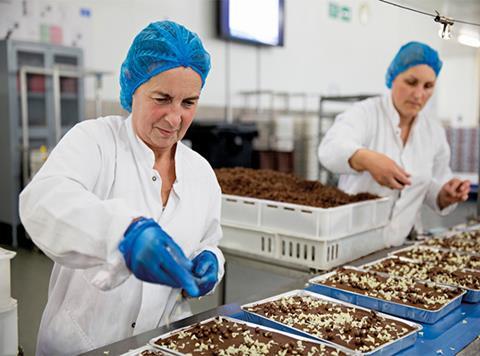
Finsbury Food Group:
Water Cost Reduction and Efficiency
Finsbury Food Group collaborated with Water Management Solutions UK Ltd to conduct water audits across its UK sites. The audits identified billing errors and opportunities for cost savings, leading to significant refunds and annual savings. Additionally, the company received a comprehensive water report outlining strategies for future water efficiency, including adjustments to rateable value charges and trade effluent allowances.
Partners


Testimonials
What the food and beverage industry says
“As one of the world’s largest food manufacturers, water is central to everything we do. TOVA’s WaterProof™ tool has transformed how we monitor and manage water quality across our global supply chain.
Its real-time monitoring and predictive analytics gave us visibility into water-related risks, helping us detect and prevent a potential contamination issue in Southeast Asia before it disrupted production.
WaterProof™ is now a key part of our environmental risk strategy, enabling us to proactively protect our supply chain and maintain high quality standards.”
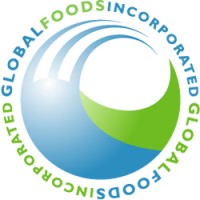
“As a data-driven startup reshaping specialty coffee imports, precision and resilience are core to our mission.
TOVA’s WaterProof™ platform delivered both, using geospatial risk intelligence to help us anticipate water scarcity in a key Central American sourcing region. With early warnings from its predictive analytics, we implemented water storage measures that preserved our Q4 bean volumes and protected key contracts.
WaterProof™ stands out for its granular data and seamless integration, giving us the foresight we need to build a smarter, more resilient coffee supply chain.”
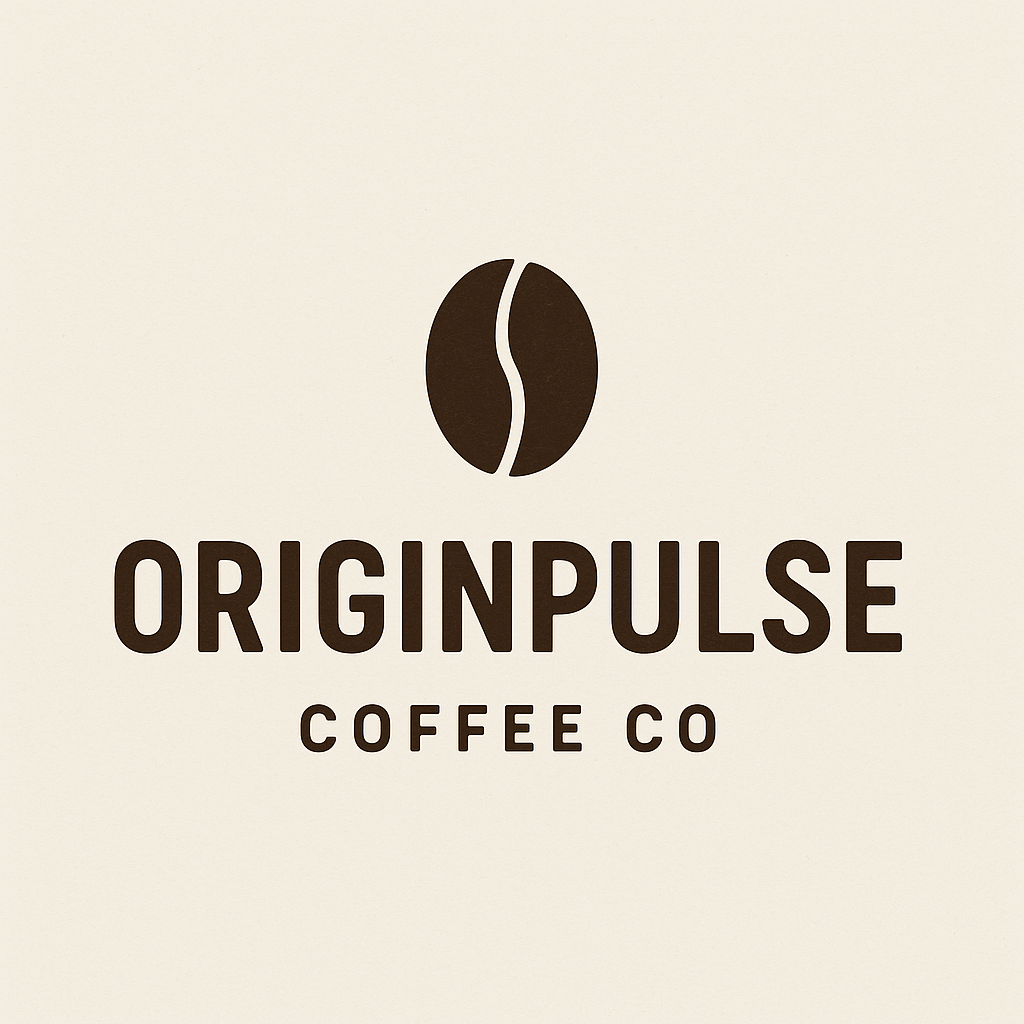
FAQs
Here are answers to some common questions we receive.
1. Is WaterProof™ available on mobile devices?
2. Is WaterProof™ available in different languages?
3. Do you have an API?
4. How does WaterProof™ utilise Deep Learning technologies?
5. How are water disclosure requirements facilitated by WaterProof™?
6. If data is recorded on a “disclosure platform,” does this mean that everyone can see it?
7. How is data entered into WaterProof™?
8. Where is data entered into WaterProof™ stored?
9. Can data be edited once it is recorded?
10. Which technology providers does WaterProof™ work with?
Join the WaterProof™ Community
Be part of the change in water risk management for food and beverage.
